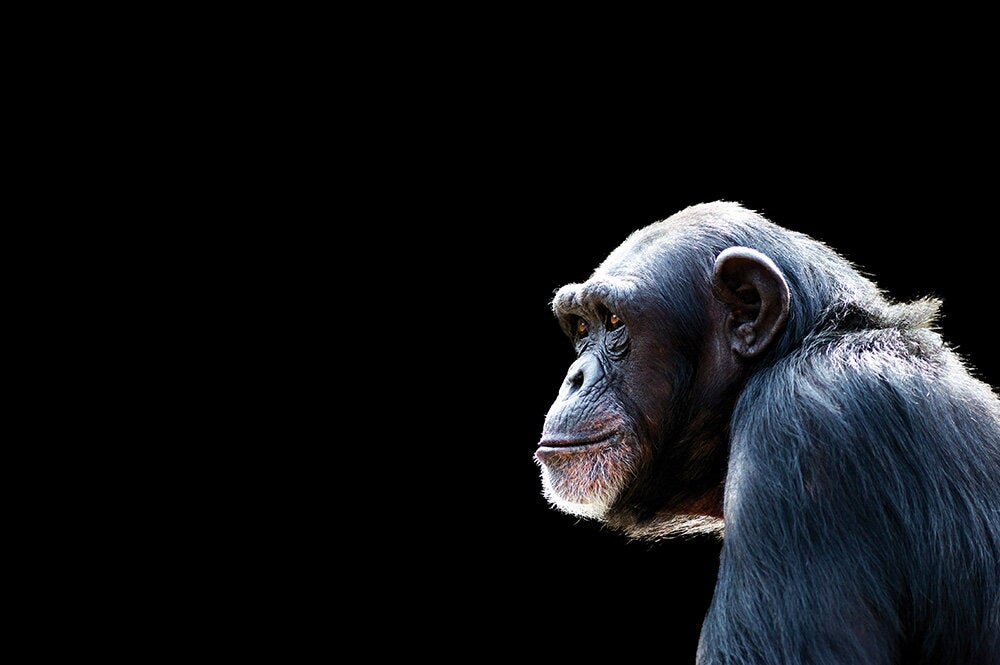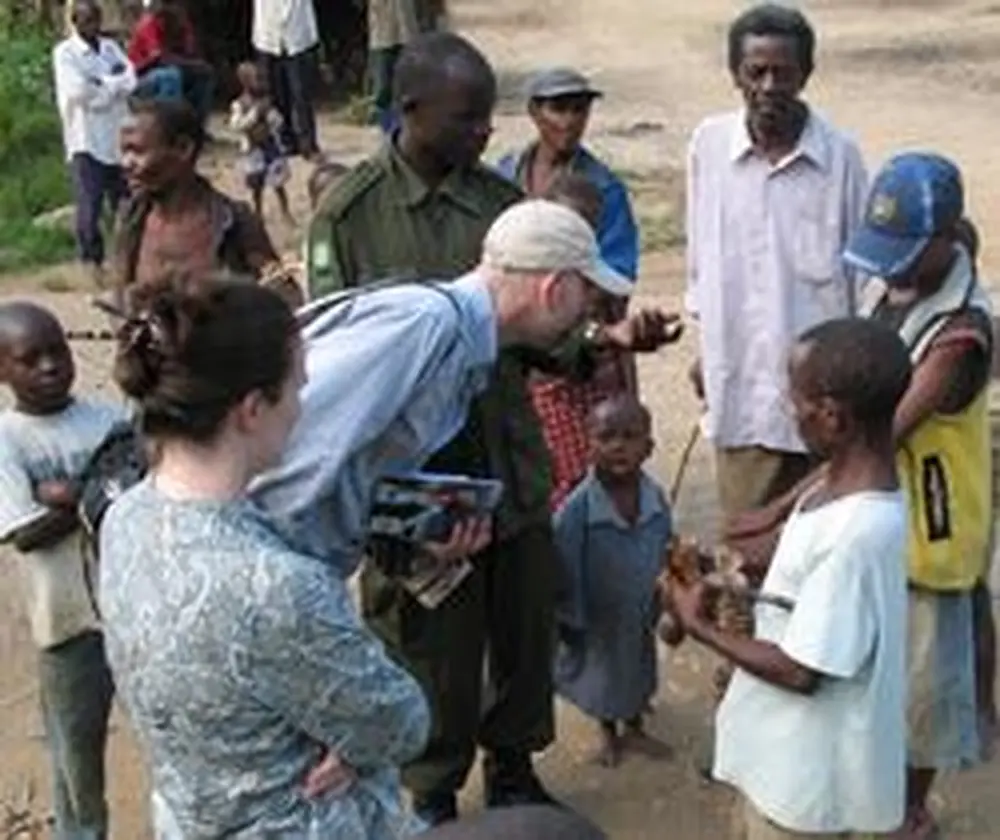
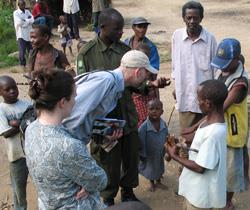
A small but perplexing monkeypox outbreak in the United States in 2003 faded quickly from the public eye, but not so at the University of Illinois. Scientists here traced the dangerous contagion to its roots in Africa and are now unveiling important discoveries about its scope and transmission.
The U.S. government and other international experts are following the work of Thomas Gillespie, Joanna Shisler, and their team as they break ground in understanding the growing epidemic of the close relative to smallpox. The disease appears more far-ranging and complex than previously thought.
At the core of their findings is their recent discovery that some rodents in Uganda, east of the Democratic Republic of Congo, have likely been infected with monkeypox, a rash-causing, sometimes fatal illness that can spread from animals to humans.
Experts previously believed the monkeypox virus was confined to two regions: a more harmful clade, or strain, in central Congo, and a less virulent clade northwest of there, along Africa's Atlantic coast.
Much work remains to be done, including additional gene sequencing of monkeypox viruses found in the rodents, to confirm results, but they've determined that the strain in Uganda is likely the same one that inhabits regions along the continent's Atlantic coast—roughly 2,500 miles away—even though the new findings are just across the border from the Congo strain.
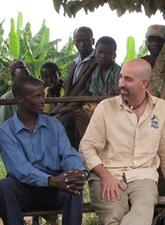
"What was thought to be two geographically distinct clades, western and central, are likely sympatric over large areas of Central Africa," says Gillespie, an assistant professor of pathobiology and anthropology. "We've shifted how people are going to think about the distribution of monkeypox within Africa."
Monkeypox had previously been traced by its human cases. But with help from a pair of students and a few Ugandan collaborators, Gillespie trapped dormice, the same species of finger-length rodents that, along with infected Gambian rats, carried the disease to the United States when they were imported.
Only three rodents in history have ever been captured while showing symptoms of the disease, and Gillespie and his students caught two of them during a few months of short but intensive surveys in Uganda. There have been no recorded human cases of monkeypox in the area where the infected rodents were captured, implying that residents there have been living amidst the disease and somehow never contracting it.
One explanation for this, Gillespie says, is that agricultural cultures that lack a rodent hunting dimension dominate this region of Uganda whereas areas of human monkey pox occurance overlap with hunting cultures. In some of these cultures, children learn hunting skills through the practice of hunting rodents. In others, certain rodents are preferred over other options. Close contact with an infected animal provides ample opportunity for the disease to spread, he says.
Shisler, an assistant professor in microbiology, says it's also possible that Ugandans did contract the disease, but the strain was weak enough so that it never caused symptoms in its human hosts.
That's why they want to return to Africa to test blood samples from Ugandans to determine if they have ever been exposed to monkeypox, Shisler says. They also want to determine if particular strains are limited to certain host rodents. Rope squirrels, for example, are known for carrying the more deadly Congo strain, which can kill up to 10 percent of its human victims.
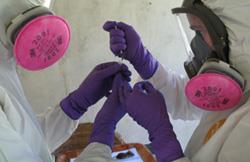
Their work has drawn attention. Monkeypox is on the rise—1,265 suspected human cases were reported in the Congo from 1998 to 2002, up from 338 cases from 1981 to 1986—and, with the virus's ability to infect both humans and animals, a vaccination program similar to the one that eradicated smallpox would not erase the monkeypox virus. Smallpox can infect only humans.
Bioterrorism is also a concern, Gillespie adds. While he's heard of no active threats involving monkeypox, the evolving disease is readily available and has the potential to become more virulent and more easily transmitted.
The work moves ahead with help from several fruitful partnerships. Centers for Disease Control and Prevention (CDC) have provided laboratory space for the researchers to study the virus (U of I doesn't have the facilities required by law to harbor such a virus), and Shisler says that poxvirus researchers at CDC are thrilled to facilitate the testing of animal samples from the Uganda region.
They're enjoying rare access provided by Gillespie, who has worked for a decade in the area and has established relationships among residents and officials there.
The professors add that their collaboration puts their efforts in a unique light. Shisler learned of Gillespie's work at a meeting, and thought that the prime location of his Ugandan-based laboratories would be beneficial for studying monkeypox virus. Gillespie studies the ecological and anthropological aspects of the disease, and Shisler studies how poxviruses, including monkeypox, inhibits immune responses to cause disease.
"It really shows the strength of the University of Illinois and LAS (the College of Liberal Arts and Sciences)," says Gillespie, a member of LAS. Shisler is a member of the College of Medicine.
"We've broken new ground in terms of what people are going to be doing in regards to not only this virus but in regards to emerging diseases in general," Gillespie says.
